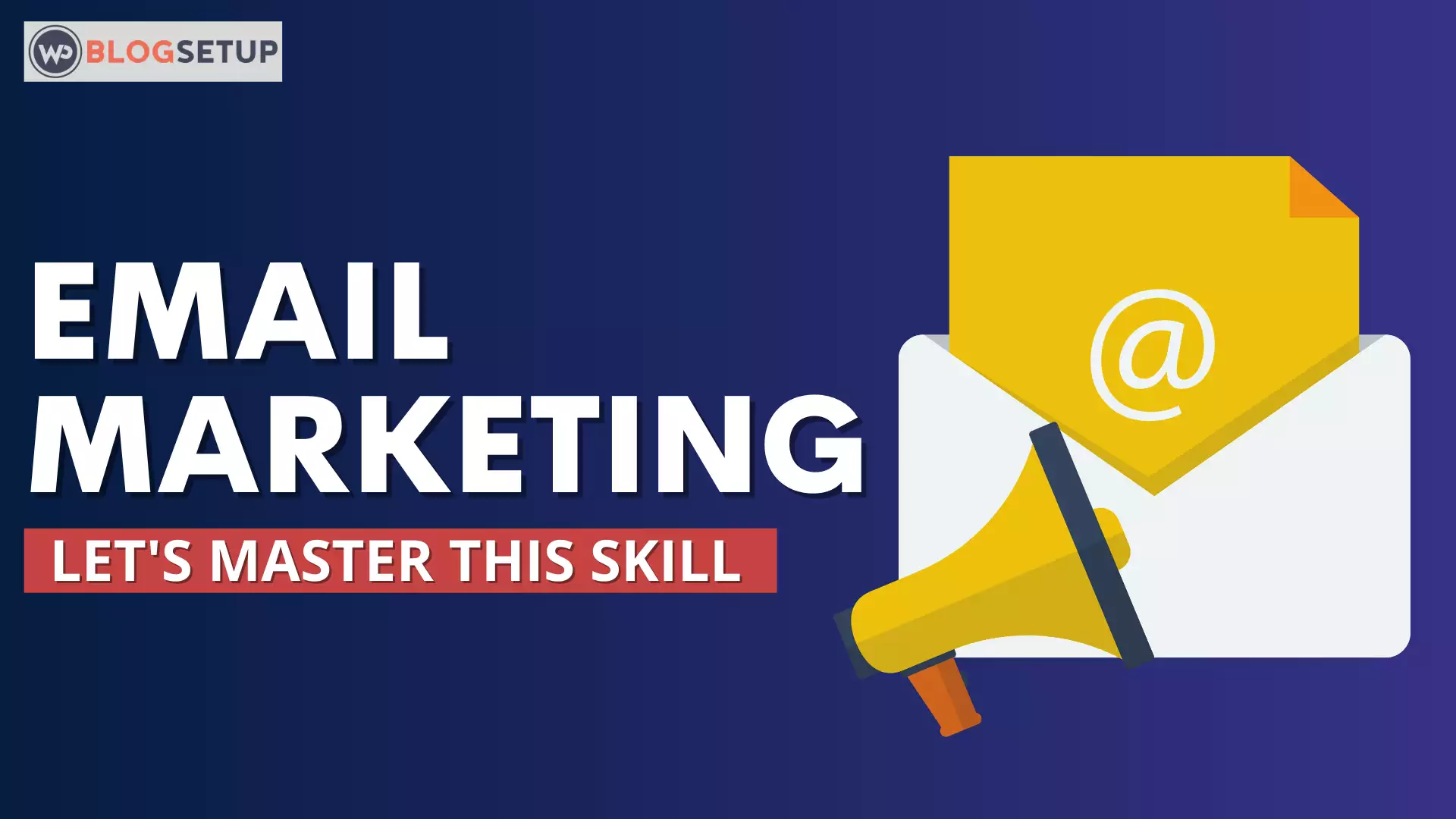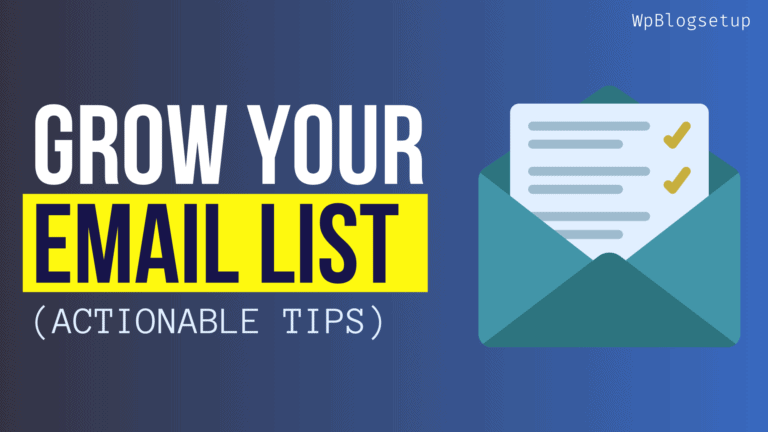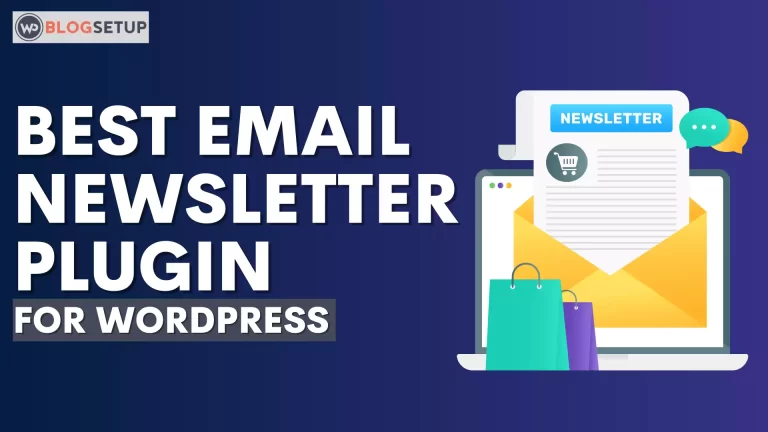Email marketing is a tool businesses use to connect with their audience, drive sales, and spread awareness. You could even call it the most direct way of reaching someone’s inbox today.
But what exactly is email marketing? And how does it work? Here’s everything you need to know about email marketing in terms of definitions, tools, and best practices. First off, what exactly is email marketing? Email marketing has been around since before the Internet as we know it today was born.
let’s check some email marketing tips in this article.
The definition of email marketing
If you’re familiar with online marketing, then you probably already know what email marketing is. Simply put, it’s sending out a newsletter to people who have signed up for your e-newsletter service. While it might seem like an easy enough concept to grasp, there are many aspects of email marketing that require attention in order to avoid wasting time or damaging your reputation.
There are two types of email marketing. You can use an autoresponder to set up a series of emails that go out over time, or you can send one-off newsletters on specific topics. Either way, you’ll need to spend some time planning your strategy before getting started.
Before even thinking about creating a single email, make sure you have every question answered. For example: Who is your target audience? What content will they like best? What will be in each newsletter?
Once you’ve planned your strategy, you can use an autoresponder to send out an email series or one-off newsletters. An autoresponder is a service that allows you to automatically send emails on set intervals, so it doesn’t require any work after setup. You’ll create a template for your email series or one-off newsletter in advance.
The tools used in email marketing
There are many tools that can be used to design, develop, deliver, track, measure, analyze email marketing efforts. Knowing which tool is best depends on your business goals and resources. Generally, you need a professional-looking e-newsletter to inspire trust among subscribers and encourage them to purchase from you. As you become more familiar with tools like Aweber or MailChimp it becomes easier to understand what features work best for your business.
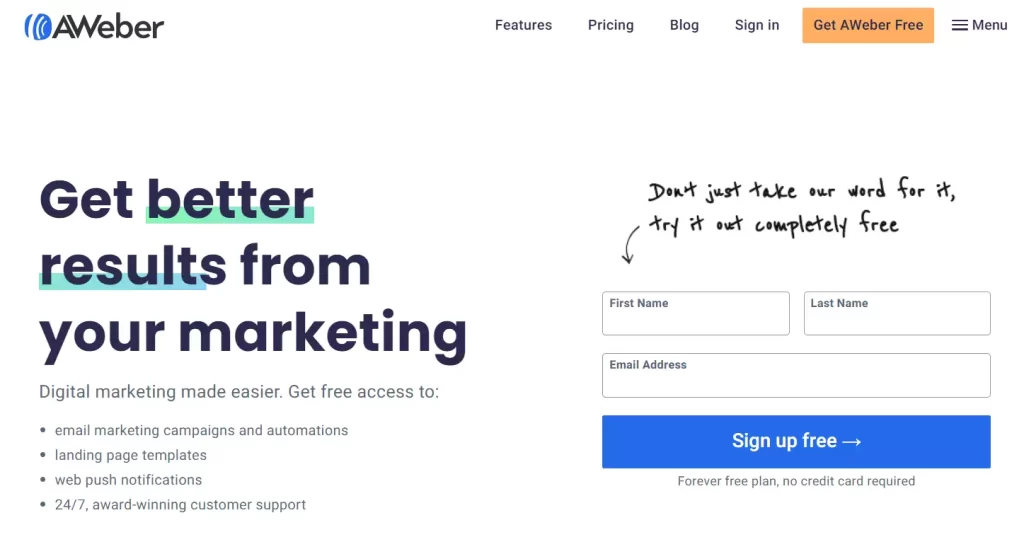
When trying to decide on a marketing tool, you should also consider how easy they are to use. You’ll want a simple-to-use system that saves time, keeps you organized, and allows you to track subscriber activity.
For example, you can track how many times subscribers click on links in your newsletter. You can also see where subscribers live (state or country), their age, gender, and much more. These details may not be important to you at first, but they are great resources for enhancing your email marketing strategy.
There are a number of marketing tools you can use to track how effective your e-newsletter is at converting subscribers into paying customers. Google Analytics allows you to track a variety of different analytics, including how many visitors viewed your site after receiving your newsletter. If you have an online store, you can also see how many people purchase from your website after reading one of your newsletters. The other two important tracking tools are MailChimp and Aweber.
MailChimp or Aweber can help you determine how well each email in your newsletter is performing. For example, you can track how many people open a specific email. If a certain type of content isn’t popular, you’ll know not to include it in future newsletters. You can also tell which subjects matter most to your audience by tracking which links they click on. The more data you have, the better you’ll be able to make decisions about future email marketing campaigns.
The benefits of email marketing
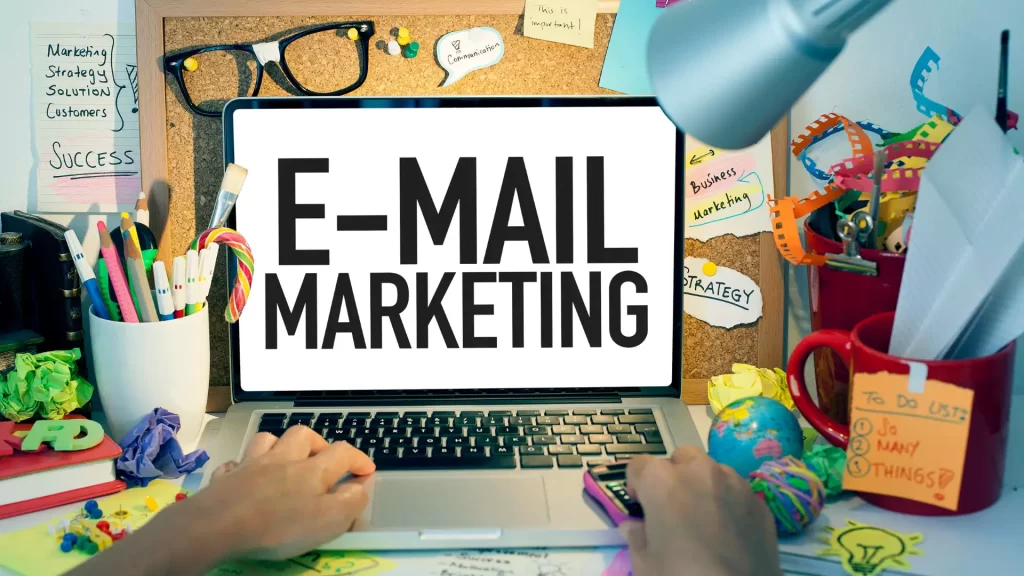
First, email marketing is an incredibly affordable way to reach customers and boost sales. Because it’s so targeted, email marketing provides a high ROI (return on investment) compared to most other forms of advertising.
Second, because your message can be customized for each recipient, you can send highly relevant content that will resonate with your target audience. This increases engagement and click-through rates (CTR)—two key metrics for measuring success in email marketing campaigns.
Third, email marketing allows you to measure results quickly and easily by tracking open rates, click-through rates, unsubscribes, and more through analytics tools like Google Analytics or MailChimp.
Finally, email marketing is easy to set up and manage. There are a variety of free or inexpensive email marketing tools available that will walk you through every step of setting up your campaigns—from building your list to sending emails.
Why use an email marketing automation platform

Using an email marketing automation platform is beneficial because it allows you to build a solid list of leads, send them compelling emails that are automatically triggered based on their actions, view analytics on their behavior, and use those insights to make informed business decisions.
Most importantly, an email marketing automation platform helps you accomplish all of these things without having to be on top of your campaigns at all times. With automatic triggers sending out automated emails, your inbox doesn’t become cluttered with half-hearted marketing messages.
An email marketing automation platform is vital to any business looking to grow its email list. At first, using one may seem complicated, but once you get started it’s easy to see why so many businesses depend on them for growth.
An email marketing automation platform will save you time, energy, and money as it allows you to build a bigger list of subscribers with minimal effort on your part. The more people that are on your list, the higher your chances of success for both lead generation and customer retention. Why wouldn’t you want to leverage one?
As an entrepreneur, you already have enough things to worry about—your business should be able to run itself so that you can focus on growing your company and providing value for customers. Using an email marketing automation platform is a great way to do just that!
Examples of successful campaigns
Emails can be used for so many different purposes, depending on what you’re trying to achieve. Every business, large or small, has its own objectives when it comes to using email marketing. But there are some tried-and-true methods that tend to be more effective than others.
Here are a few of our favorites How do I use emails to increase sales?
Send an email newsletter with your latest product launches, special offers, or new information about your brand. Then follow up with an email series encouraging recipients to take action—may be through your online store or by filling out a contact form.
When should I send my first campaign?
Set aside time every week (ideally on a consistent day) to create and send out content via email. If you’re just starting out, you might want to start with one or two emails per month, then gradually increase your frequency as you get more comfortable with it.
How do I know what works best for me?
Try A/B testing your subject lines and calls-to-action to see which works best for your audience. You can also use an email marketing platform like MailChimp or Campaign Monitor that lets you test different elements of your campaigns before sending them out.
Is email marketing still important in 2022?
Yes. I hear from clients that email is still their favorite way to consume content, especially on mobile devices. And if you’re a developer or entrepreneur, your job is to be where your audience (your prospects) are…not where you wish they were. If they’re in Gmail or Outlook, you need to be there too—and using email marketing as part of your strategy is a great way to do that.
There are other reasons that email marketing is important. In fact, I’d argue that you can’t have a complete online marketing strategy without it. For example, if you create an amazing piece of content that gets shared around on social media but it doesn’t come with an easy way for people to find more from you, your work isn’t really done.
And if you want to build a relationship with your audience over time, email marketing allows you to do that. Using an email service provider (ESP) like MailChimp or ConvertKit means that not only can you communicate with them one-on-one, but also segment them based on behaviors—and over time, their preferences—so that your message is more relevant to them.
Finally, email marketing is a great way to measure how effective your content is. Whether you’re creating an ebook or a white paper or simply sharing it on social media, you can see which pieces are resonating with your audience most by looking at your email metrics (open rates, click-throughs).
How to Start Email Marketing
Before you can start any email marketing, you first need to decide what your goals are. Are you interested in simply brand awareness or do you want to increase sales with an email marketing campaign? Based on your goals, outline a strategy that is appropriate for your business.
Once you’ve decided on a strategy, it’s time to select your tools. There are a number of options for building an email marketing platform; some are better suited to specific businesses than others.
In order to build an email marketing campaign, you’ll need to collect information about your current customers. This includes details like what email marketing platforms they’re using, how often they visit your website, where they found out about you, etc.
Once you’ve collected customer information, it’s time to put together a plan for your email marketing campaign. What are you going to send out, how often, when will you send it, etc.? Based on your strategy (target audience and goals), it’s up to you what kind of email marketing campaign you create.
Creating an email marketing campaign is a straightforward process. However, without proper analytics in place, you won’t be able to determine if your campaign was successful or not. Make sure to set up analytics that tracks data like open rates, click-through rates, conversion rates, etc. This will help you decide what worked and what didn’t in your next campaign.
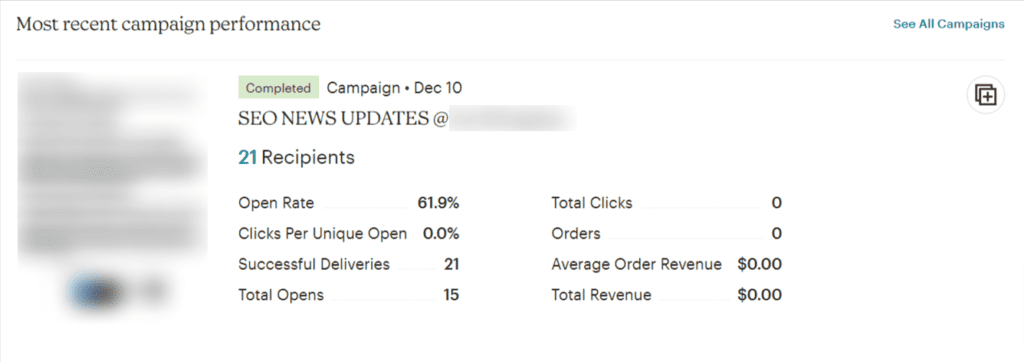
Once you’ve created an email marketing campaign, there are a few different ways to distribute it. First, you can send it yourself using your own email address. This will allow you to personalize your message to each customer, increasing engagement with your email marketing efforts.
Alternatively, you can use a platform like MailChimp or Aweber to send out your email marketing campaigns. These platforms will let you create your campaign, personalize it, track its success rates, etc.
Whatever you decide to do, don’t forget that email marketing is not just about sending out one-off emails. Instead, think of it as a relationship between you and your customers. Use personalization, great content, and consistent outreach to build these relationships so that they lead to sales.
Strategies for Email Marketing Success
Successful email marketing isn’t a one-size-fits-all proposition. Some of your customers will want more information on a specific topic or industry, whereas others will value customized recommendations for products and services that appeal to their particular needs.
And if you send too many emails, or if you send them too frequently, you could hurt your engagement rate—the key metric that indicates whether your emails are being opened and read. Here are some strategies for creating an effective email marketing campaign.
1. Craft a value proposition for your email marketing campaign.
Creating an email marketing campaign is no small task, but if you’re doing it well, you’ll be doing valuable work that can build brand awareness and help improve customer engagement.
2. Write a succinct, compelling subject line.
According to a recent report from Adestra, 40% of emails aren’t even opened—they’re just deleted by recipients. The biggest factor influencing whether or not an email is read is its subject line. In some cases, these unopened emails will actually be marked as spam by users’ email programs; that goes to show just how important your subject line really is!
3. Include a clear call to action in your emails.
The email marketing industry is highly competitive, but you can still stand out from competitors by clearly communicating your value proposition to customers. Including a call to action—such as an offer for a discount or free product sample—in your email will help drive users back to your website, where they can learn more about how you might be able to improve their experience with your brand.
4. Design your emails for user-friendliness.
Even if you craft a compelling offer for an email marketing campaign, it’s not going to matter much if users have a difficult time accessing it. Fortunately, there are tools that can help you design beautiful emails with embedded calls to action that are responsive across all devices (such as smartphones and tablets).
5. Track your metrics carefully.
Even if you follow all of these strategies, it’s not likely that you’ll see an immediate jump in revenue after launching an email marketing campaign. However, you can track your campaign’s progress by tracking your engagement rate (the number of people who open your emails divided by the total number of people who receive them), as well as other relevant metrics, such as conversions and website traffic.
6. Avoid sending too many emails.
While it’s important to maintain a regular email marketing schedule, you should avoid sending more than one or two emails per week. If you’re not careful, your customers could end up feeling bombarded by your messages—and that won’t do much to improve their opinion of your brand!
7. Track your campaign’s performance over time.
While it’s important to track your metrics after launching an email marketing campaign, you should also evaluate how your campaign performs in the months following its launch. You can compare metrics from month to month to determine if certain campaigns are driving more business than others. If a particular email campaign seems to be drawing users away from your website, you may want to shut down that specific message thread.
8. Make sure you’re sending emails to relevant people.
If you’re planning on running an email marketing campaign, make sure that your recipients are interested in what you have to offer before hitting send. Collecting contact information from website visitors allows you to build a more comprehensive list of leads who have demonstrated a real interest in your products or services.
9. A/B test your campaigns.
One of the best ways to determine which email marketing strategies are most effective is to compare two different versions of a campaign—an A version and a B version—and track their performance against each other. For example, you might send out two different emails with different subject lines or calls to action, then compare how many people open each message thread, how many clicks through to your website, etc.
10. Follow all local laws.
Finally, make sure that you’re familiar with your local laws surrounding email marketing campaigns before sending out a single message to customers or leads. In addition to understanding relevant statutes, you should also take steps to verify that your emails are compliant with regulations by making sure that you’re using properly formatted subject lines, ensuring your emails include opt-out links for recipients who don’t want to receive future messages from you, etc.
Conclusion
What we’ve discussed so far is just a brief introduction to email marketing. There’s much more to learn about how email works, how it integrates with social media, and how it can be used to generate sales. To learn more about these strategies—and gain access to tools that can help you grow your email list—head over to HubSpot Academy. You can also use HubSpot’s powerful marketing software for free when you publish your first post using our blogging platform.
Which among the Email Marketing strategy are you going to try first, do let me know in the comment section.

